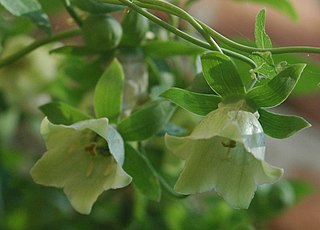
Codonopsis is a genus of flowering plant in the family Campanulaceae. As currently recognized, Codonopsis includes two other groups sometimes separated as distinct genera, i.e. Campanumoea and Leptocodon. The enlarged genus Codonopsis is widespread across eastern, southern, central, and southeastern Asia, including China, Japan, the Russian Far East, Kazakhstan, the Indian Subcontinent, Iran, Indochina, Indonesia, etc.

The Eastern Himalayan alpine shrub and meadows is a montane grasslands and shrublands ecoregion of Bhutan, China, India, Myanmar, and Nepal, which lies between the tree line and snow line in the eastern portion of the Himalaya Range.
Chamling is one of the Kiranti languages spoken by the Kiranti of Nepal, Bhutan and India. Alternate renderings and names include Chamling, Chamlinge Rai and Rodong. It is closely related to the Bantawa and Puma languages of the Kiranti language family in eastern Nepal, and it belongs to the broader Sino-Tibetan language family. Chamling has SOV word order.
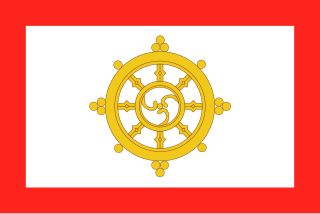
The Kingdom of Sikkim, earlier known as Dremoshong, was a hereditary monarchy from 1642 to 16 May 1975 in the Eastern Himalayas. It was ruled by Chogyals of the Namgyal dynasty.

Kobresia is a genus of plants in the sedge family. They are sometimes called bog sedges. These perennial sedges are quite similar to Carex species in appearance. The genus is widespread across much of Europe, Asia and North America, with many species native to the Himalayas.
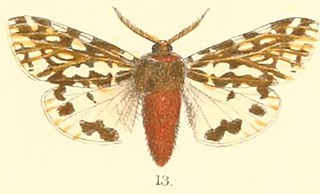
Alphaea is a genus of tiger moths in the family Erebidae. The genus was erected by Francis Walker in 1855. They are found on India, Sri Lanka, Myanmar and Java only.
The Maldives national football team has represented the Maldives in international football since 1979. Their first match came against Seychelles at the 1979 Indian Ocean Island Games. The team has never qualified for a major international tournament.
This is a list of all the recorded matches played by the Bhutan national football team, which represents Bhutan in international men's football. The team is controlled by the governing body for football in Bhutan, the Bhutan Football Federation, which is currently a member of the Asian Football Federation and the regional body the South Asian Football Federation. Bhutan play their home games at the national stadium, Changlimithang. It is one of the younger national teams in the world having played its first match in 1982.
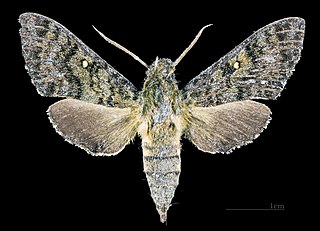
Pseudodolbina fo, the acanthus hawkmoth, is a moth of the family Sphingidae. It is found from Nepal, Bhutan and north-eastern India into Tibet.
The India women's national under-20 football team represents India in international women's under-20 football in the AFC U-19 Women's Championship and the FIFA U-20 Women's World Cup. It is controlled by the AIFF.
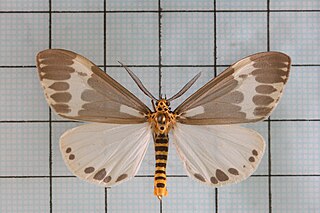
Nyctemera arctata is a moth of the family Erebidae. It is found in India, China, Nepal, Bhutan, Myanmar, the Philippines, Taiwan and Indonesia. The species was described by Francis Walker in 1856.
Alphaea fulvohirta is a moth of the family Erebidae. It was described by Francis Walker in 1855. It is found in China, Nepal, Bhutan and India.
Alphaea impleta is a moth of the family Erebidae. It was described by Francis Walker in 1865. It is found in China (Tibet), Nepal and India.

Alphaea florescens is a moth of the family Erebidae. It was described by Frederic Moore in 1879. It is found in eastern India and Nepal.
The Bangladesh U-17 national football team is a youth football team operated under the Bangladesh Football Federation. The team would represent Bangladesh in the AFC U-16 Championship, SAFF U-16 Championship and has yet to qualify for the FIFA U-17 World Cup.
Bangladesh U-23 national football team is a youth football team operated under the Bangladesh Football Federation. The team would represent Bangladesh in the Summer Olympics, AFC U-22 Asian Cup, and the Asian Games.

Eastern South Asia is a subregion of South Asia. It includes the countries of Bangladesh, Bhutan, India, and Nepal. Geographically, it lies between the Eastern Himalayas and the Bay of Bengal. Two of the world's largest rivers, the Ganges and the Brahmaputra, flow into the sea through Eastern South Asia. The region includes the world's highest mountainous terrain and the world's largest delta, and has a climate ranging from alpine and subalpine to subtropical and tropical. Since Nepal, Bhutan, and northeast India are landlocked, the coastlines of Bangladesh and East India serve as the principal gateways to the region.
This is a list of international football games played by the Bangladesh national football team from 2000 to 2019.







